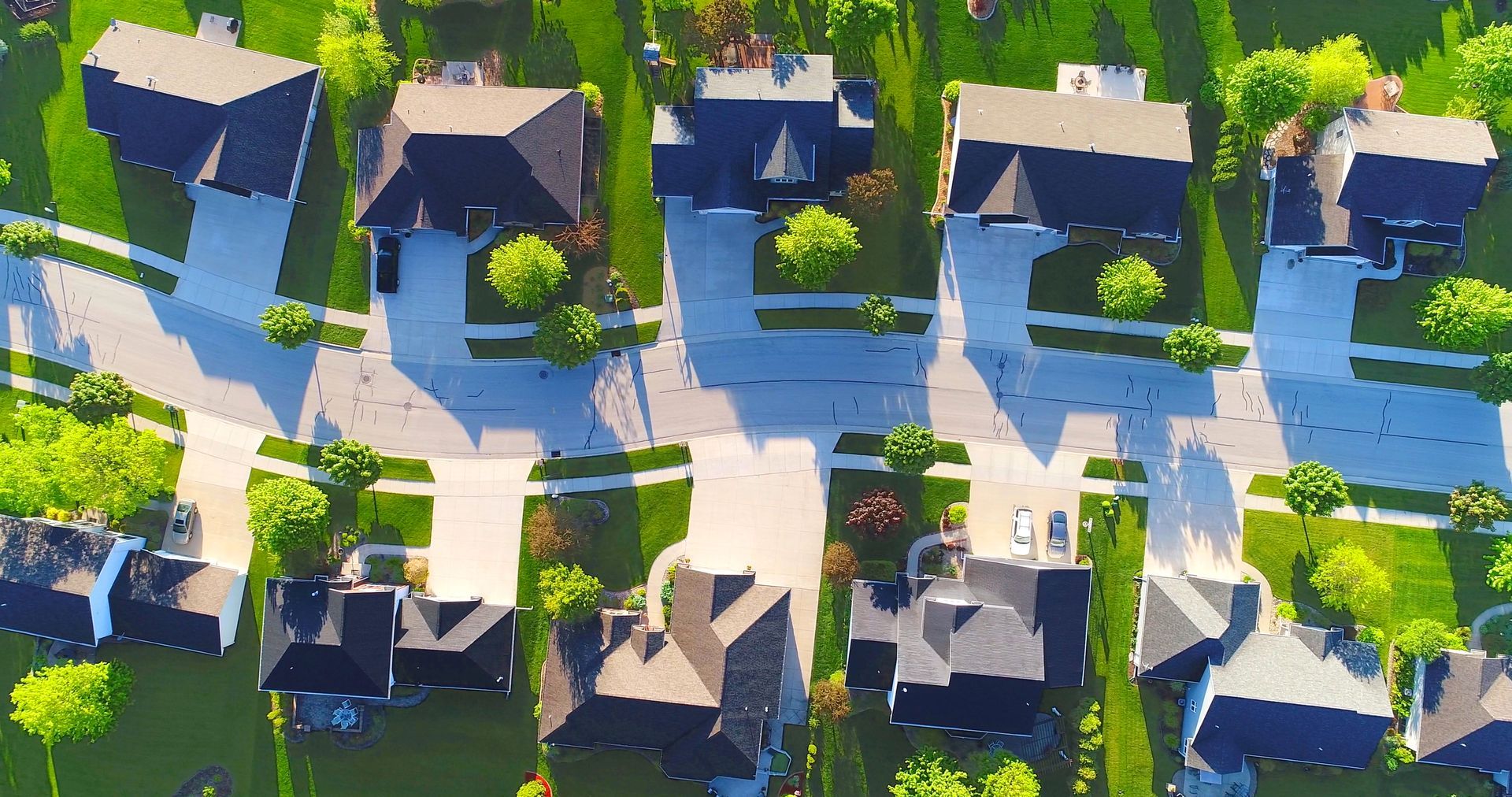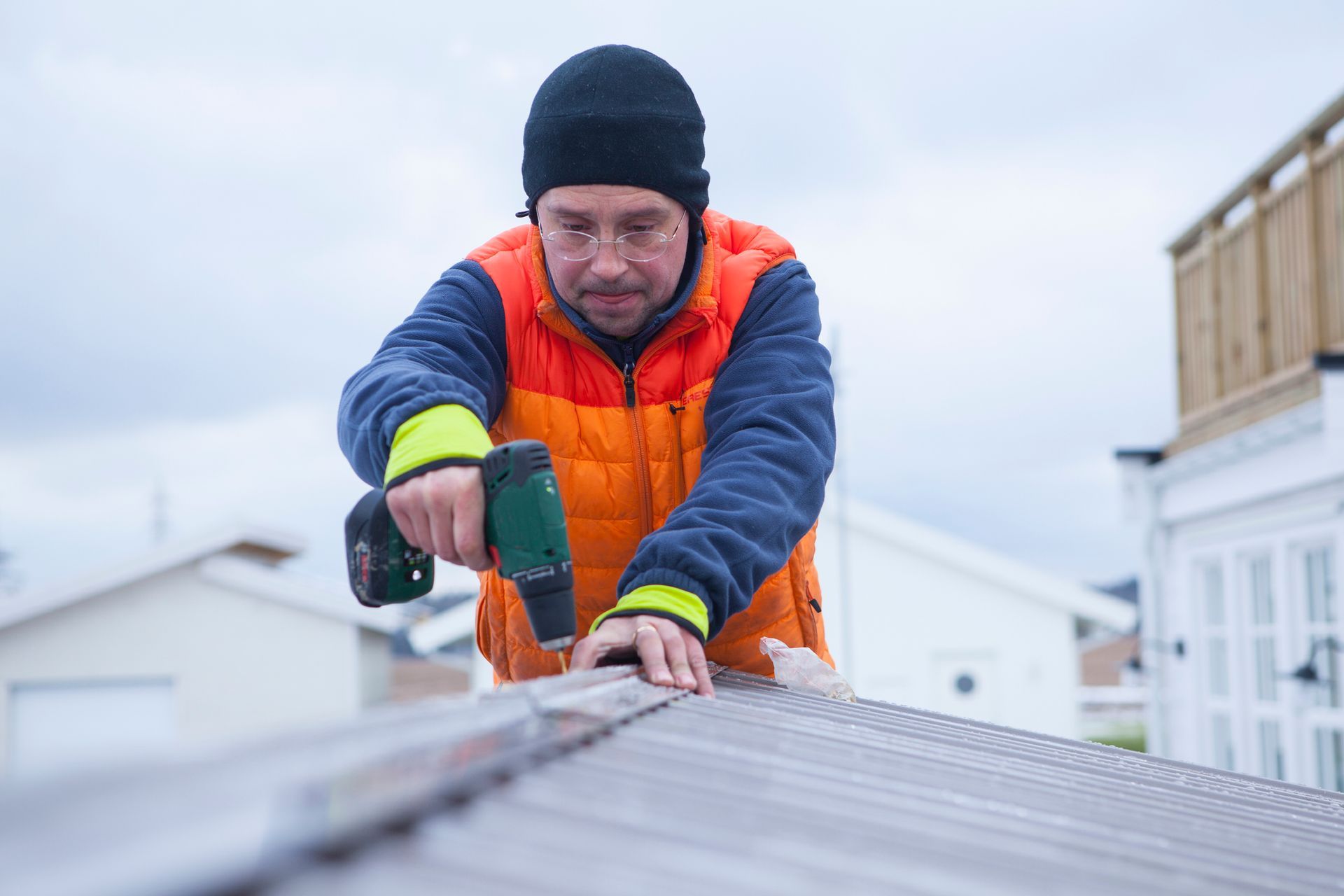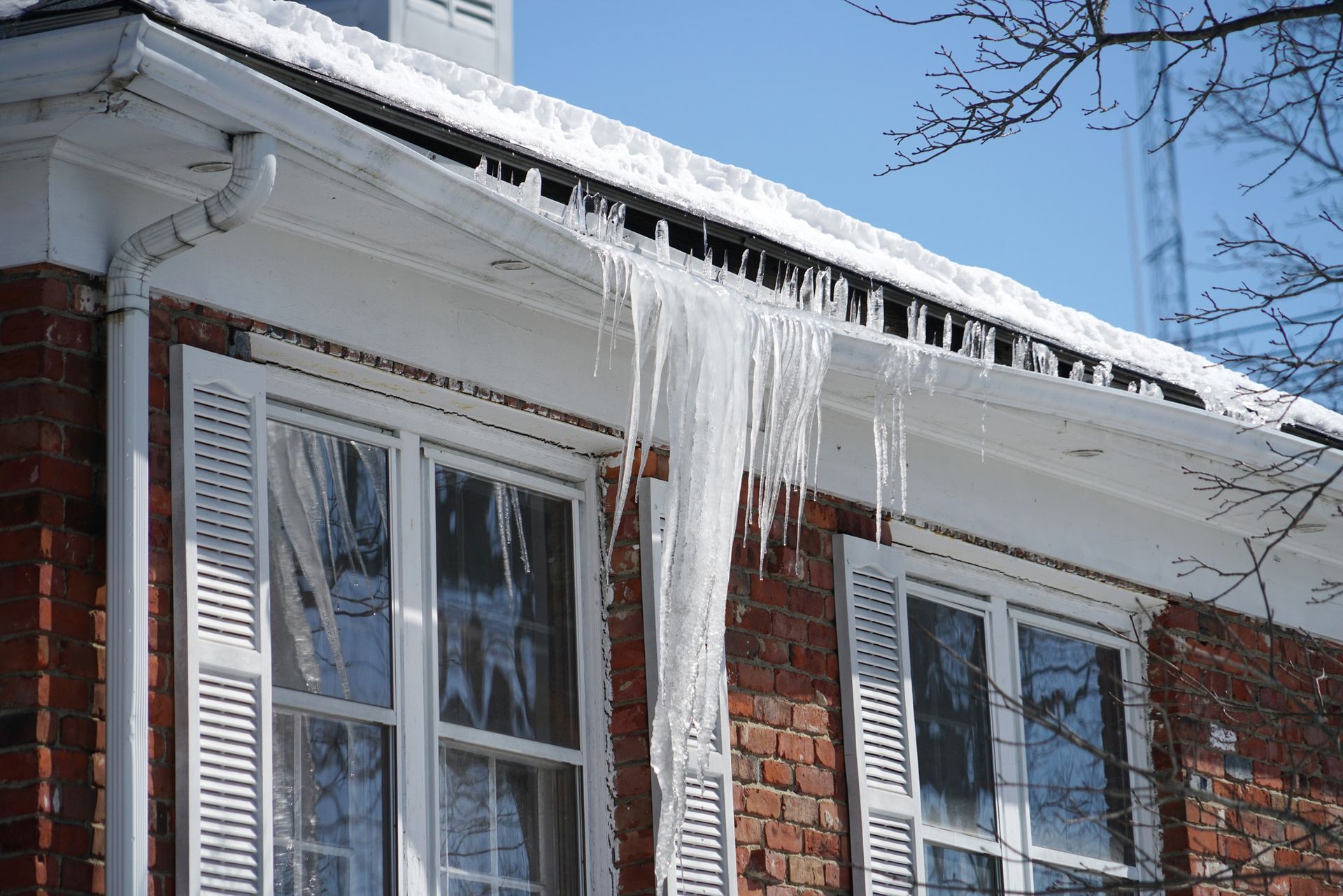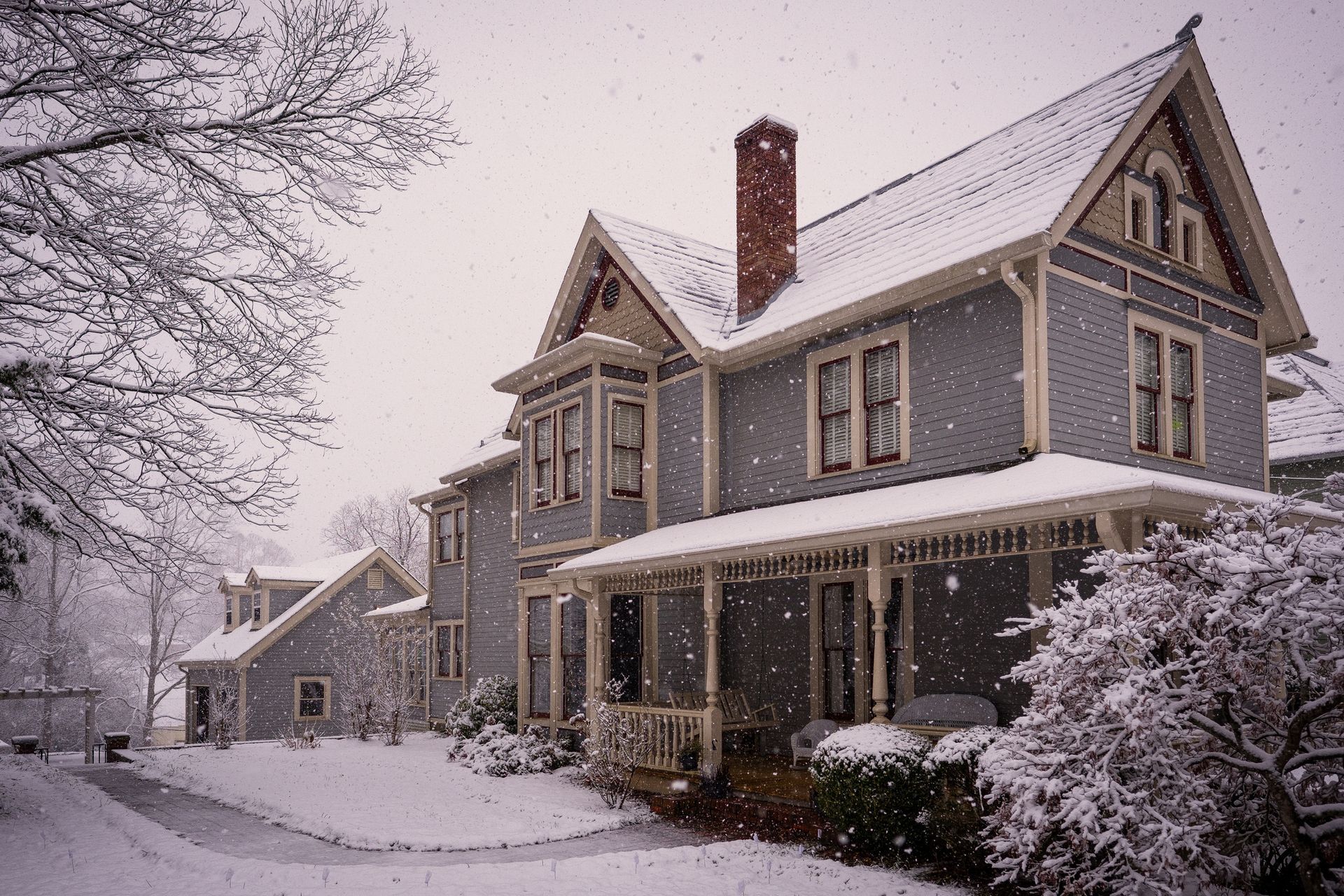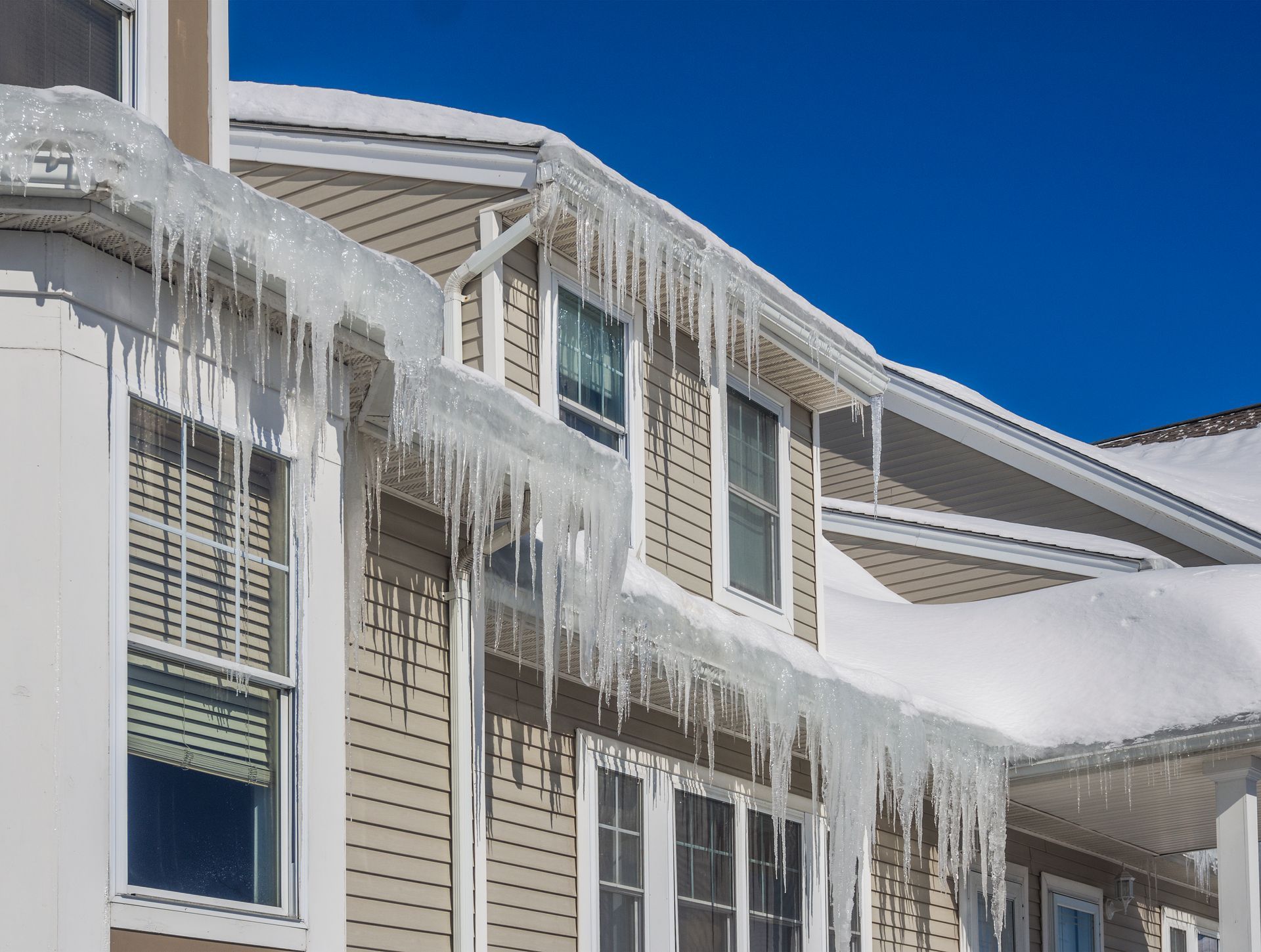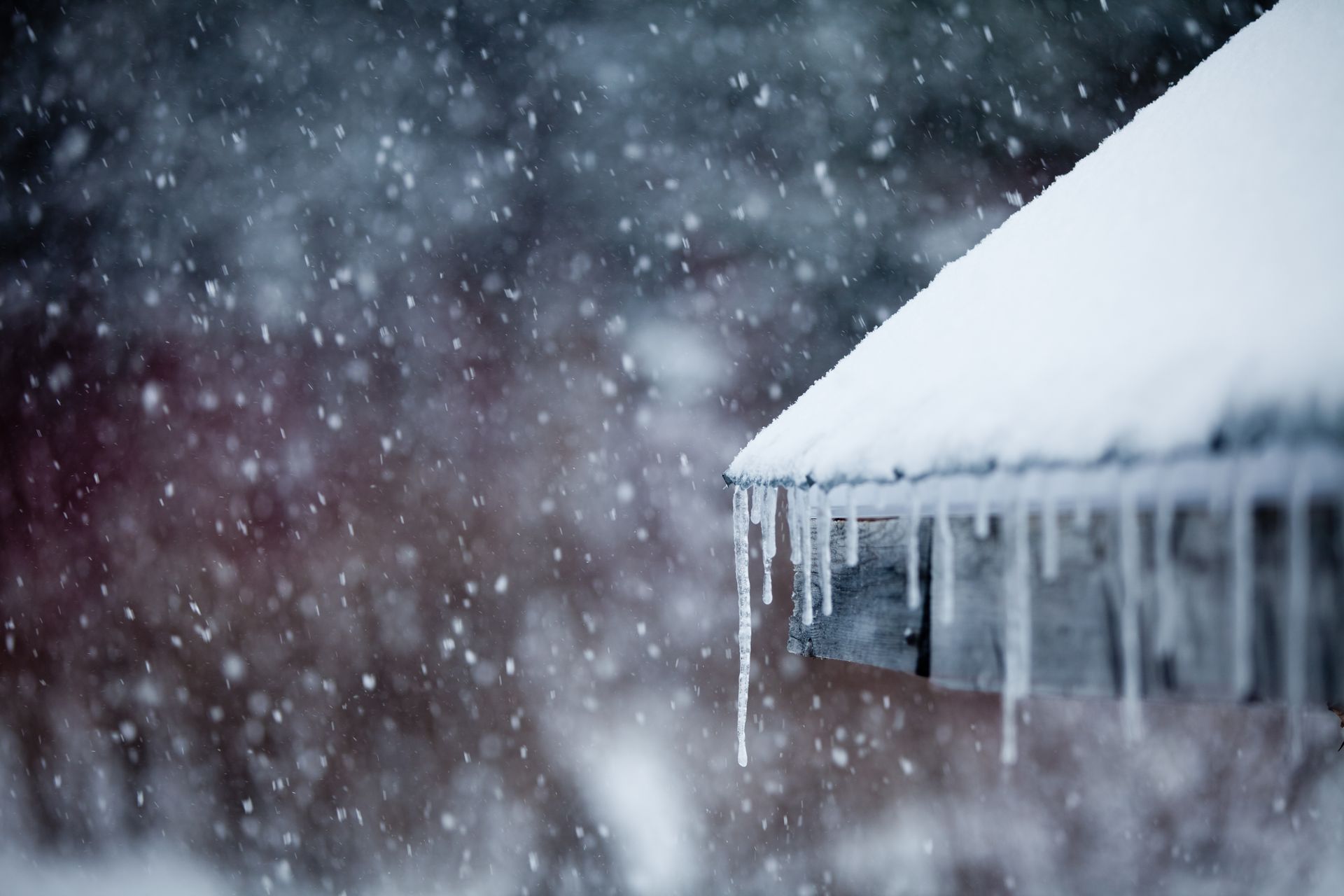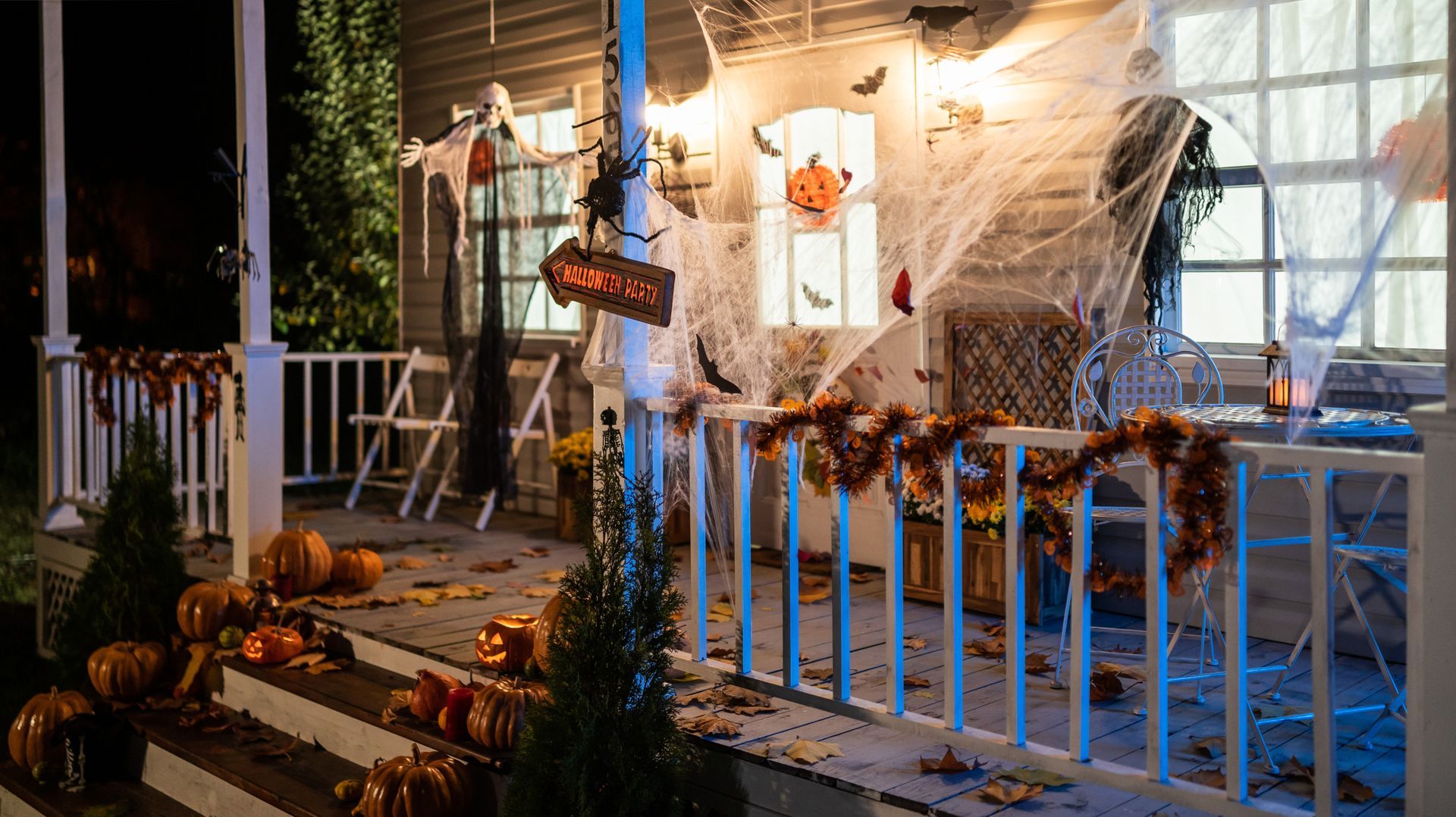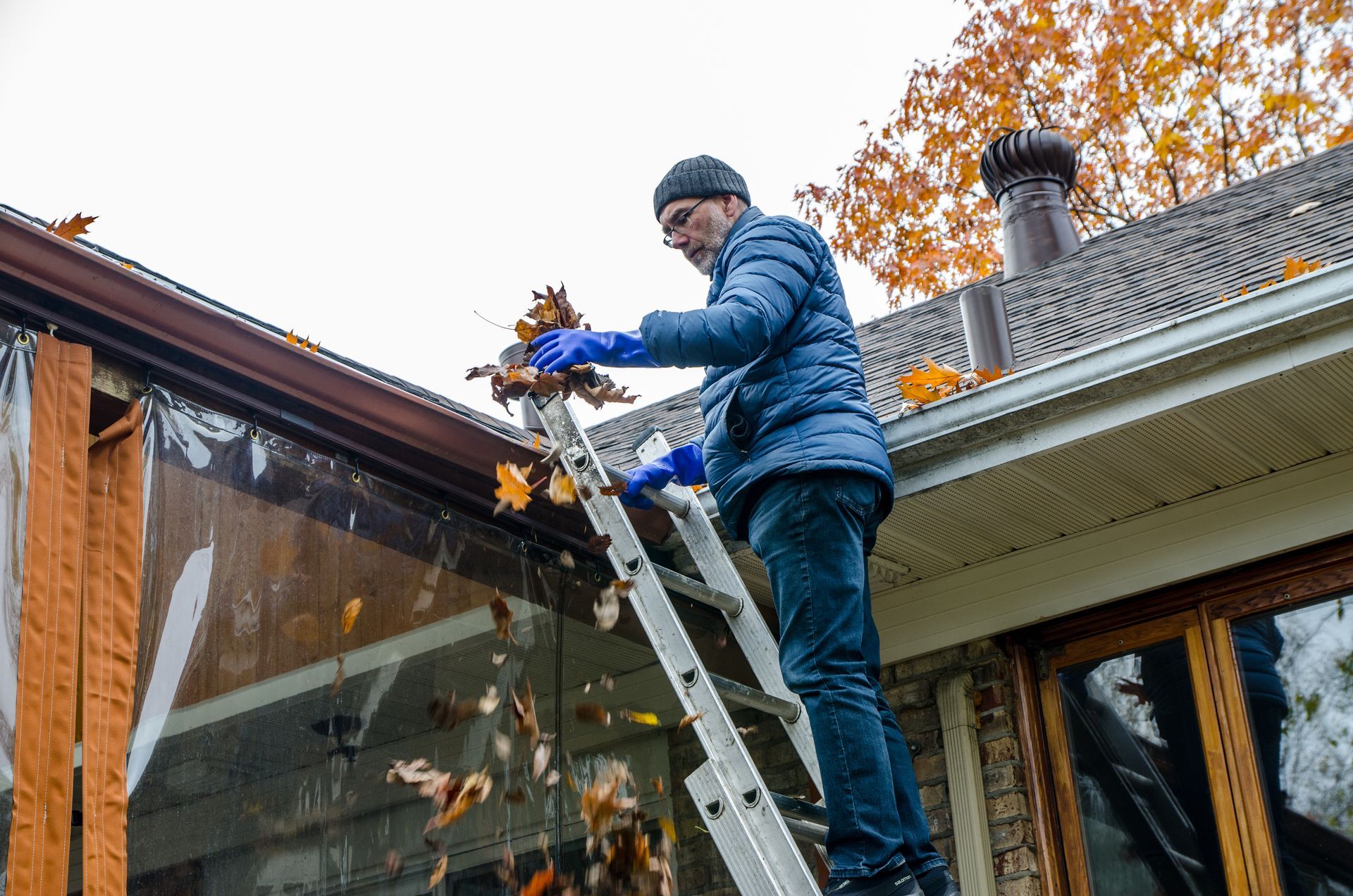The Impact of Fall Weather on Your Home's Exterior: Roof, Siding, Deck, and More
- By 7011813378
- •
- 24 Oct, 2023
- •
The Impact of Fall Weather on Your Home's Exterior: Roof, Siding, Deck, and More
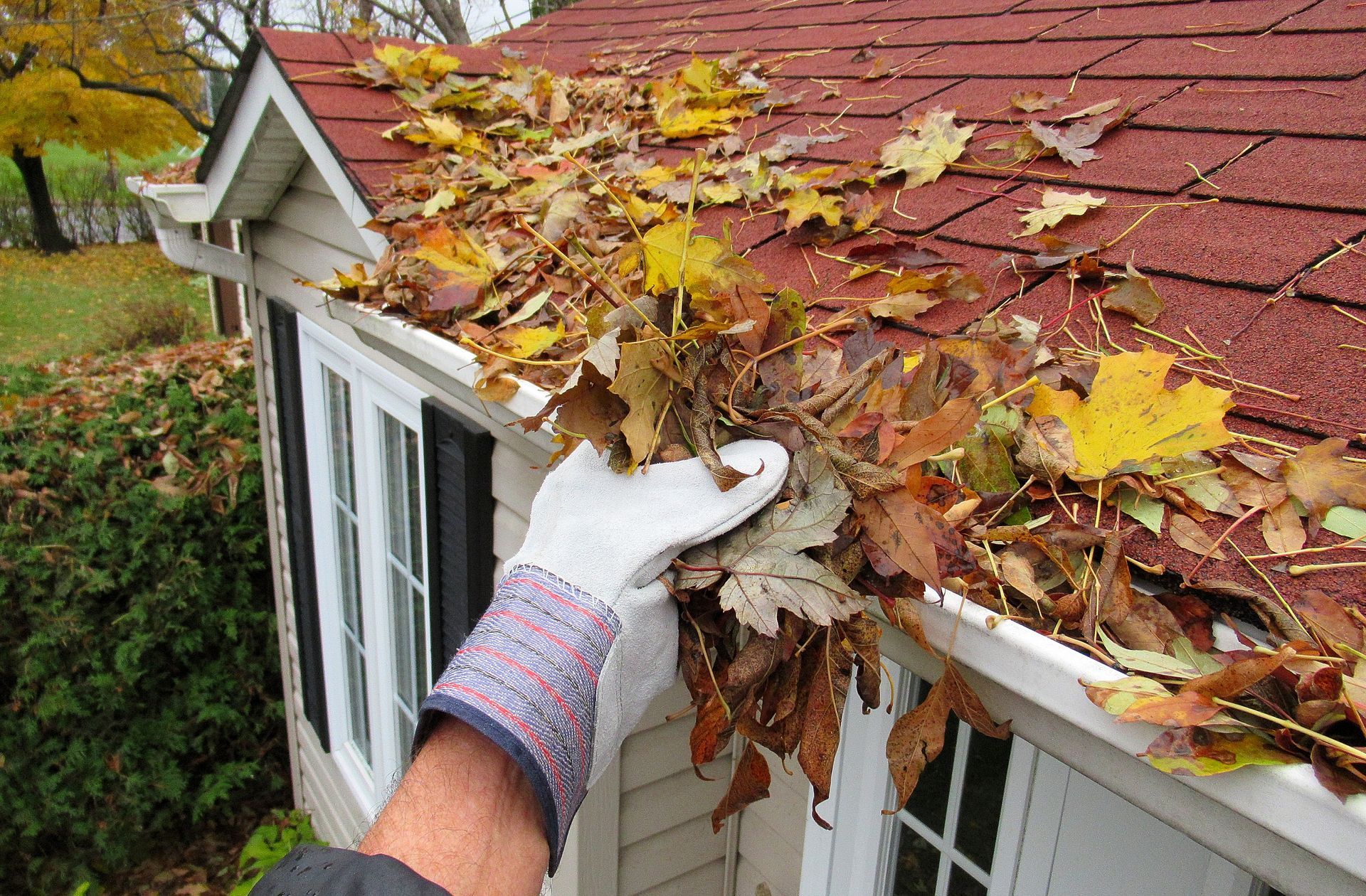
The Roof
Your roof is your home's first line of defense against the elements, and fall weather can take its toll in several ways:
- Leaves and Debris: Falling leaves can accumulate on your roof, creating blockages in gutters and downspouts. This can lead to water pooling and potentially damaging your roof's structure.
- Rain and Moisture: Fall brings increased rainfall, which can expose any existing roof leaks. Leaves can also trap moisture, promoting mold and mildew growth.
- Temperature Fluctuations: As temperatures drop at night, your roof can contract, potentially causing shingles to crack or curl.
Maintenance Tips:
- Regularly clean your gutters and downspouts to prevent clogs.
- Inspect your roof for any damaged or missing shingles and repair as needed.
- Consider a professional inspection to identify and address potential issues before they worsen.
Siding
Your home's siding is another critical component that can be affected by fall weather:
- Moisture and Mold: The increased humidity during the fall can promote mold and mildew growth on siding materials, particularly if they are shaded or don't receive adequate sunlight.
- Fading and Discoloration: Siding can be susceptible to fading or discoloration due to exposure to leaves, dirt, and moisture.
- Damage from Debris: Wind and storms can dislodge tree branches or other debris that may impact your siding.
Maintenance Tips:
- Regularly clean your siding to prevent mold and mildew growth.
- Address any damage promptly by replacing or repairing damaged siding.
- Consider applying a fresh coat of paint or sealant to protect and revitalize the appearance of your siding.
Deck
Fall is a popular time for outdoor gatherings and relaxation on your deck, but it can also be vulnerable to the effects of the season:
- Moisture and Rot: Leaves and increased humidity can trap moisture on your deck's surface, potentially leading to rot and decay, especially if the deck is made of wood.
- Stains and Discoloration: Falling leaves, along with bird droppings, can stain your deck, leaving unsightly marks.
- Ice and Snow: In colder regions, the first signs of winter may bring ice and snow, which can weaken the structure and cause damage.
Maintenance Tips:
- Regularly sweep and clear leaves and debris from your deck.
- Seal or stain your deck to protect it from moisture and UV rays.
- Inspect your deck for signs of wear, and repair or replace damaged boards or supports.
As the fall season unfolds, homeowners should be proactive in addressing the potential impact of fall weather on the exterior of their homes. Regular maintenance and preventive measures can help protect your roof, siding, and deck, ensuring they remain in good condition and continue to provide shelter, comfort, and aesthetic appeal. By taking these steps, you can enjoy the beauty of autumn without the worry of costly repairs and replacements. Need more professional help? Always reach out to the experts at Final Touch Construction & Roofing.
